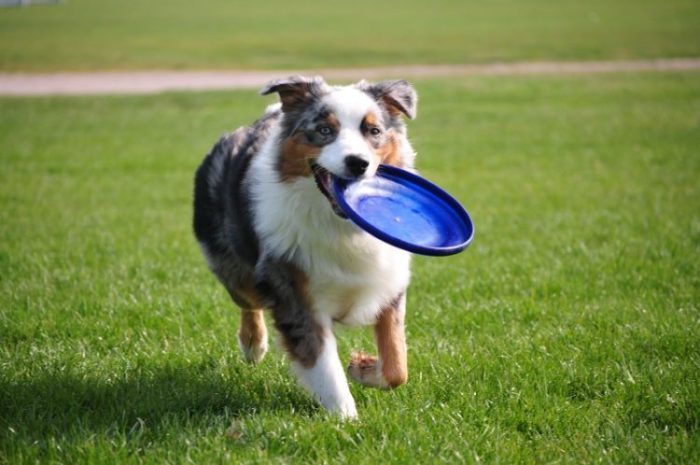Canine Athletes: The Ultimate Guide to Preventing Injuries

Pre-sport Health Screening for Your Pet
Before entering your dog in a sporting event, ensure she is healthy enough to compete and does not have any underlying health conditions that will be aggravated by the increased demands on her body. Your family veterinarian should perform a basic health screening, including:- A thorough physical exam
- Bloodwork to assess basic organ function and health
- X-rays of hips, knees, elbows, and shoulders
- A gait and posture assessment
- A fitness-level assessment
Conditioning and Training Your Pet
Just as you wouldn’t run a 5K race without preparation, you cannot expect your dog to perform without pre-event conditioning and training. Ensure she participates in regular physical activity designed to prepare her for her sport’s specific demands, increase her event readiness, and decrease her injury risk. Some tips to keep in mind include:- Ensure age-appropriate training — Starting a training program too early can cause life-long bone, tendon, ligament, or joint injury to puppies. Soft growth plates are vulnerable to injury until they close, usually between 9 and 18 months of age, depending on your dog’s size. Don’t introduce high-intensity activity until her growth plates have closed. Then, start slowly with moderate physical activity, controlled exercise, and playtime activities that mimic her future sporting event.
- Train adequately, but not excessively — Inadequate training increases injury risk, while overtraining can also cause injury. Tailor your dog’s training intensity and duration to her sport to properly prepare her for competition and decrease injury risk.
- Build muscle with strength exercises — Strength exercises should be part of every training program, and should follow the movements of your dog’s sporting event. Start with activities that are less strenuous than the expected competition, work up to event-level intensity, and then train harder so she is not exerting herself to the maximum when she competes.
- Help her go the distance with endurance exercises — Endurance development requires constant aerobic exercise for a minimum of 15 minutes, and your dog’s training should adequately prepare her for her event’s distance and time. Although sports with prolonged activity, such as sledding and herding, require more endurance, all canine athletes benefit from endurance exercises, as the stamina gained may decrease osteoarthritis risk and overuse injury.
Athletic Pets’ Nutrition
Ensure your pup is fed an appropriate diet as soon as she is eating solid food, because excessive calorie and calcium intake in growing dogs significantly increases the risk of hip dysplasia and other developmental orthopedic diseases. Feed large- and giant-breed puppies, who are particularly susceptible, a veterinarian-recommended amount of a large-breed puppy food. Do not feed your dog a large meal prior to training or competition, as the discomfort from a full stomach can affect overall performance and balance, and put her at risk of gastric dilation volvulus (GDV). Rather, feed her a small meal and provide plenty of water to maintain hydration.
